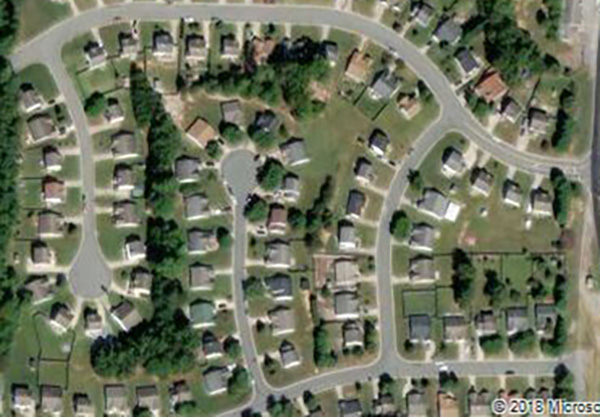If you have some home additions or structures on your property that you never listed with the Guilford County Tax Department, you might want to do so because they’re probably going to catch you in February anyway.
Guilford County is implementing a new program called “Sketch-Check” that will use aerial photography and advanced software to catch people who have made additions or added new structures over the years that are not on the tax roles.
The Tax Department has used aerial photography in the past to catch unrecorded improvements and additions, however the new initiative will be like prior aerial pictometry programs on steroids: Rather than compare the new set of aerial photos with past sets of aerial photos, the shots taken from above in February will be compared to the actual property sketches on file at the Tax Department.
So, while in the past the photos were compared with photos from prior years, the new photos will be compared with what the county actually has on file for each property owner – and tax officials say that new system should catch virtually everything in the county that is unreported.
In February, every square foot of Guilford County visible from the air will be photographed and those pictures will be fed into the computers. The reason it will be done in February is because that’s when the leaves have fallen and property is most visible from the air.
The new search-and-tax program will cost the county about $480,000, but Guilford County Tax Director Ben Chavis said this week that the county expects to make much more than that due to the new taxable property that will be found. He said past aerial pictometry programs have easily paid for themselves and this highly detailed and comprehensive new initiative is expected to do so as well.
“I billed aerial pictometry to the commissioners as an investment and it has been one,” he said.
Chavis said that, when the department discovers additions or stand-alone structures not listed on the tax roles, the department will send a notice to the property owner, who’ll be taxed for the additional value of the home or business.
According to Chavis, in some cases, taxes may be levied for prior years in which the additional home and business values went unreported.


Since the County periodically evaluates property for taxation purposes, it seems they would have found the changes already, except for very recent ones. Or maybe they aren’t very thorough in their job.